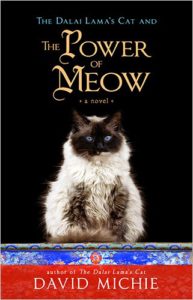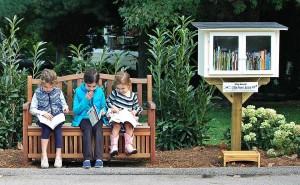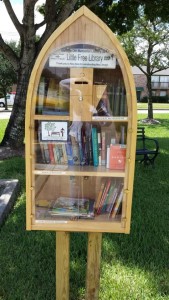Reading
As I sit here in the coffee shop it is raining hard outside. Almost everyone has their hood up. We are truly in Colorado, however as no one has an umbrella. My wife has umbrellas, but much of her childhood was in the Puget Sound area.
I am going to give you a little series about writing. Writing is my most important retirement activity. If I don’t get to write in any given week, I feel a little hole forming in my being. So, here I am in the coffee shop with my trusty iPad.
To write, one must read. I am a lifelong reader. It wasn’t Dick and Jane, it was Scrooge McDuck with his three cubic acres of cash and his nephews, Huey, Dewey, and Louie. In the living room there was a big round oak coffee table cut down from a dining table with stacks of magazines. I read them all, including my dad’s Cosmopolitan and Redbook he subscribed to for the romance short stories in every issue.
Time, Life, The Saturday Evening Post, Outdoor Life, Lady’s Home Journal, Argosy, Popular Science, Sports Illustrated, and my Boy’s Life. My comic books dwelt there as well. My mother belonged to a local book club and the Book of the Month Club. I read them all.
Other books were there as well. My father’s railroad books and Utah and Colorado photography books, all well thumbed to the point of loose bindings sat in the bookcase. I had a bookcase in my room with lots of stuff to read. My favorite books were Richard Halliburton’s Complete Book of Marvels, and Parade of the Animal Kingdom by Jane and Robert Hegner. I still have them.
In school, I read everything we were assigned. I even used the library.
Now I subscribe to High Country News, Scientific American, The New Yorker, the Disabled American Veterans Journal, and the Environmental Defense Fund journal. Carol is regularly after me to get rid of some books. She doesn’t seem to understand that books are sacred objects. I must admit, however, some of them remain unread.
My favorite subjects are history, geology, spirituality, mythology, and nature books about the Colorado Plateau. I have some fiction and do read fiction, but most of my stuff is non-fiction.
Carol and I have a bedtime ritual. I read to her. Mostly it is mystery novels written by women, but we sometimes range afield. Lately it was The Dalai Lama’s Cat and The Art of Purring. By David Michie. They are fun books told in the first person by Little Snow Lion, Rinpoche, HHC (His Holiness’ Cat), and Meow Tse Tongue, all names acquired by that singular small feline. They also contain good stuff about Tibetan Buddhism. We got lots of good laughs. Carol picks the books, so we seldom get bad writing.
One of the things the books bother me about is the popular market genre books suffer from poor editing and proofreading. It looks to me publishers increasingly rely on authors to do their own editing. Unfortunately, authors’ mistakes are often a function of ignorance about a subject. For example, we recently read a couple of mysteries where the crimes occurred on rural gravel roads. When those roads are built, the road itself is crowned so water will run off to the side rather than making ruts down the center. The dirt for that crown comes from the side of the road, forming a borrow ditch. The dirt is borrowed from the side. I have seen barrow and burrow, but never borrow. Those woman mystery writers just don’t know road construction. Why don’t they ask me? Why doesn’t their editor call me?





